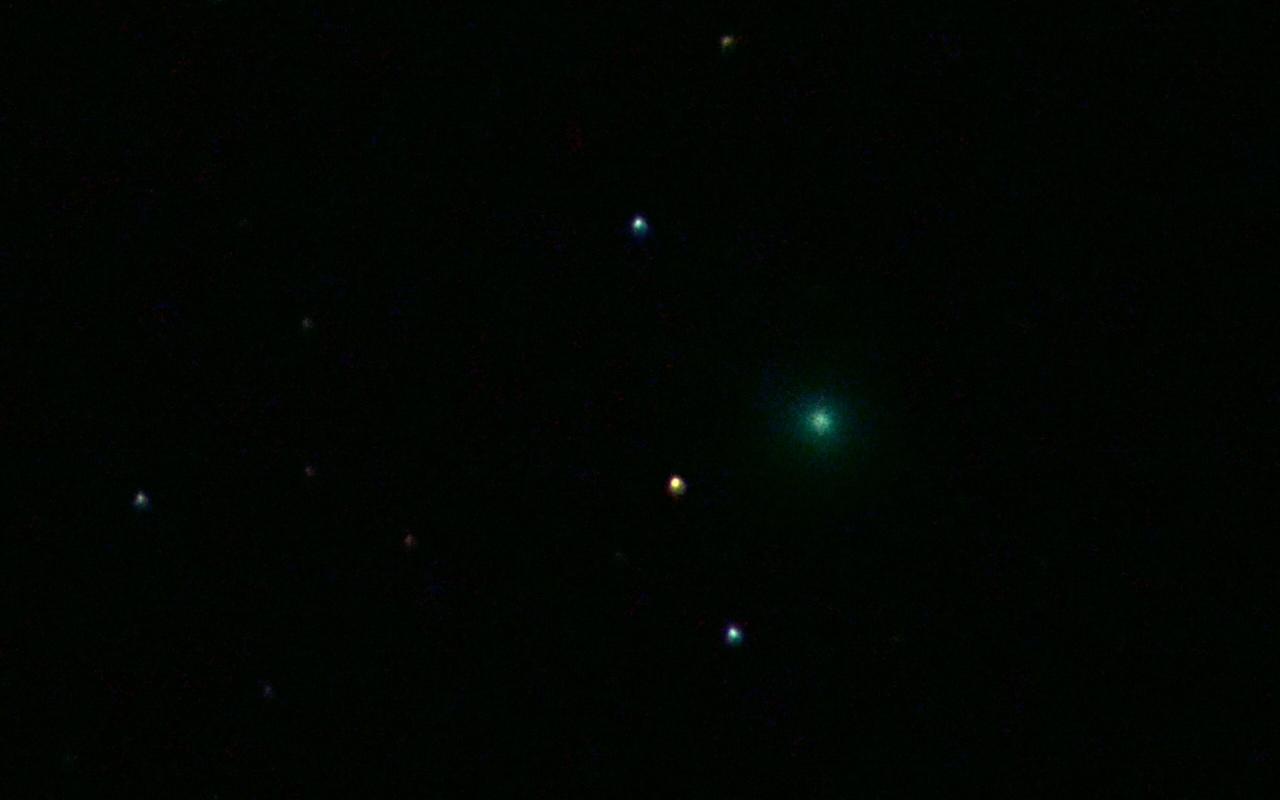Outer Space
Heute sind wir mit unserem Trekdinner in der Bundeskunsthalle in Bonn gewesen und haben uns die Ausstellung "Outer Space - Faszination Weltraum" angeschaut. Da uns das empfohlen wurde, haben wir auch direkt eine Führung dazu gebucht, die kostet 65€ zusätzlich; da wir 13 Leute waren, hat uns das also pro Person gerade mal 5€ mehr gekostet. Außerdem haben wir Gruppenrabatt bekommen, sodass der "normale" Eintritt bei nur 7,50€ und der ermäßigte bei 5€ lag. Daraus ergibt sich, dass wir nachher für's Parken - 1,50€ pro angefangener Stunde - mehr bezahlt haben als für den Eintritt! Hätten wir doch besser die Bahn genommen!
Aber zur Ausstellung: Soweit eigentlich eine ganz nette Veranstaltung mit diversen interessanten Exponaten. Leider hätte das Ganze etwas wissenschaftlicher sein können. Die Texte an den Ausstellungsstücken waren teilweise doch etwas dürftig. Da war zum Beispiel das Original-Modell der Enterprise-B aus "Star Trek - Generations" zu bestaunen, aber warum das gute Stück nicht mit NCC-1701-B beschriftet war, sondern mit NCC-42768 USS Lakota, das stand da nirgends. (Übrigens, weil Paramount wahrscheinlich die 1701-B umlackiert hat, um sie in DS9 benutzten zu können. Die Lakota, eine erweiterte Excelsior-Klasse, wurde übrigens von Admiral Leyton der Defiant entgegen geschickt, um diese abzufangen, weil sie Beweise für die Verstrickung des Admirals in einen Staatsstreich gegen die Föderation... WER HAT DA "NERD" GESAGT?!?)
Genau so verhielt es sich mit den meisten anderen Stücken auch: Ein kleines Schildchen für die notwendigste Beschreibung, sonst weit und breit nix! Ohne unsere Führung wären wir ziemlich aufgeschmissen gewesen. Und die gute Frau hatte bereits ganz am Anfang ihr Fett weg, als sie sagte, dass "der Weltraum bei 100 Kilometer, äh, Entschuldingung, 100 Meter" beginnt - das hat sie übrigens konsequent bis zum Ende durchgezogen: Alles, was eigentlich hätten Kilometer sein müssen, waren bei ihr nur Meter. Jaja, wenn man Geisteswissenschaftler über Technik referieren lässt.
Alles in allem hat sie sich aber durchaus Mühe gegeben, auch man wenn durchaus gemerkt hat, dass sie auch nur mal eben den Crash-Kurs mit gemacht hatte und dann auf die Meute losgelassen wurde. (Ja, die Mercury-Redstone 4 hieß natürlich "Liberty Bell", weil das Ding wie eine Glocke aussieht und Liberty - die Freiheit - natürlich eine Ansage gegen die bösen Sowjets im Kalten Krieg war, aaaaber vielleicht hätte sie auch noch diese komische Glocke in Philadelphia erwähnen sollen.)
Fazit: Wer sich gerne Sachen anguckt, ohne zu sehr mit Hintergrund-Informationen abgelenkt zu werden, für den ist diese Ausstellung durchaus geeignet. Alle anderen sollten sich einer Führung anschließen, um zumindest etwas mehr zu erfahren. Am Besten wäre wahrscheinlich ein Ausstellungs-Katalog, den ich allerdings nirgends gesehen habe.
So, und zum Schluss noch ein paar Fotos:
In der Ausstellung durfte man leider mal wieder nicht fotografieren, aber im Foyer schon. Und draußen vor der Tür natürlich auch.
Aber zur Ausstellung: Soweit eigentlich eine ganz nette Veranstaltung mit diversen interessanten Exponaten. Leider hätte das Ganze etwas wissenschaftlicher sein können. Die Texte an den Ausstellungsstücken waren teilweise doch etwas dürftig. Da war zum Beispiel das Original-Modell der Enterprise-B aus "Star Trek - Generations" zu bestaunen, aber warum das gute Stück nicht mit NCC-1701-B beschriftet war, sondern mit NCC-42768 USS Lakota, das stand da nirgends. (Übrigens, weil Paramount wahrscheinlich die 1701-B umlackiert hat, um sie in DS9 benutzten zu können. Die Lakota, eine erweiterte Excelsior-Klasse, wurde übrigens von Admiral Leyton der Defiant entgegen geschickt, um diese abzufangen, weil sie Beweise für die Verstrickung des Admirals in einen Staatsstreich gegen die Föderation... WER HAT DA "NERD" GESAGT?!?)
Genau so verhielt es sich mit den meisten anderen Stücken auch: Ein kleines Schildchen für die notwendigste Beschreibung, sonst weit und breit nix! Ohne unsere Führung wären wir ziemlich aufgeschmissen gewesen. Und die gute Frau hatte bereits ganz am Anfang ihr Fett weg, als sie sagte, dass "der Weltraum bei 100 Kilometer, äh, Entschuldingung, 100 Meter" beginnt - das hat sie übrigens konsequent bis zum Ende durchgezogen: Alles, was eigentlich hätten Kilometer sein müssen, waren bei ihr nur Meter. Jaja, wenn man Geisteswissenschaftler über Technik referieren lässt.
Alles in allem hat sie sich aber durchaus Mühe gegeben, auch man wenn durchaus gemerkt hat, dass sie auch nur mal eben den Crash-Kurs mit gemacht hatte und dann auf die Meute losgelassen wurde. (Ja, die Mercury-Redstone 4 hieß natürlich "Liberty Bell", weil das Ding wie eine Glocke aussieht und Liberty - die Freiheit - natürlich eine Ansage gegen die bösen Sowjets im Kalten Krieg war, aaaaber vielleicht hätte sie auch noch diese komische Glocke in Philadelphia erwähnen sollen.)
Fazit: Wer sich gerne Sachen anguckt, ohne zu sehr mit Hintergrund-Informationen abgelenkt zu werden, für den ist diese Ausstellung durchaus geeignet. Alle anderen sollten sich einer Führung anschließen, um zumindest etwas mehr zu erfahren. Am Besten wäre wahrscheinlich ein Ausstellungs-Katalog, den ich allerdings nirgends gesehen habe.
So, und zum Schluss noch ein paar Fotos:
In der Ausstellung durfte man leider mal wieder nicht fotografieren, aber im Foyer schon. Und draußen vor der Tür natürlich auch.
